Gyirong Town, the closest habitation on the Tibetan plateau to the Gyirong border between Nepal and China, is about 25 kilometers from Gyirong Port. After passing the port, it is advisable to stay at Gyirong Town for at least one night instead of continuing on your trip to Tibetan plateau, even if you have only traveled around 40 kilometers from Syabrubesi in Nepal and arrive at this town before noon.
To effectively help you acclimatize to the sharp altitude change to come
Tibet is often called The Roof of The World due to its high elevation. The average altitude on the Tibetan Plateau is 4,500 meters/14,750 ft. When traveling from Nepal to Tibet, tourists will come across high increase in altitude, rising from 1,300 meters in Kathmandu to over 4,500meters with some passes at altitudes above 5,000 meters. While traveling to places above 3,000 meters may cause Acute Mountain Sickness (AMS), also known as altitude sickness, the only way to deal with the sharp altitude change from Nepal to Tibet is to give your body time to adjust to the increase in altitude by resting for a day at lower altitudes, before moving up higher.
The altitudes of Kathmandu (1,300m) and Gyirong Port (1,800m) are still quite low. Gyirong Town, lying at an altitude of around 2,700 meters above sea level, is within the range of elevations recommended for acclimatization to higher altitudes. The next accommodation place is Gyirong County about 75 km away from Gyirong Town, however, with an altitude of 4,200 meters above sea level, the county is not a suitable place to acclimatize altitude change.
All the tourists need to pass through Gyirong County to visit Tibet from Nepal, and you will be rising to altitudes of more than 5,000 meters during the following trip. Considering the altitude change, you will need to rest and acclimatize before you go any higher.
For those visiting EBC at 5200m
Gyirong County lies at an altitude of around 4,200 meters, while the highest point you will reach on the trip from Kathmandu to EBC, at 5,200 meters, and you will cross mountain passes that also lie at altitudes over 5,000 meters. Lalung La Pass lie at an altitude of around 5,050 meters, while Thong La Pass reaches up to around 5,150 meters. Within the first hour of leaving Gyirong County, you will rise to more than 5,200 meters, as the road snakes up the mountains and down the other side towards Lake Peiku Tso. Even that lake itself is high on the plateau, lying at an altitude of around 4,590 meters above sea level.
While the altitude does drop a little as you cross the plain towards Tingri, 170 kilometers from Gyirong County, and again as you drop down into the valley of the Pum Qu River, Tingri itself still lies at an altitude of around 4,300 meters. And from there, the drive to EBC itself rises in altitude constantly for the whole 100 kilometers of road to the site, which lies at around 5,150 meters above sea level. For anyone taking this trip and rising that high on the plateau, the stop at Gyirong Town to help you acclimatize a little better is very necessary.
For those visit Lake Manasarovar and Mount Kailash
The trip from Kathmandu to Mount Kailash and Lake Manasarovar also takes you across some of the highest passes in Tibet. From Gyirong County, it is around 553 kilometers to Lake Manasarovar, a drive that is normally done over two days. Along this long and arduous route, you will travel at an average altitude of around 4,600 meters, with increases at the various passes to altitudes well above 5,000 meters, including the Mayom La Pass at 5,112 meters. The first stop, at Saga, is at an altitude of 4,450 meters, while Paryang, the next large town on the road, lies at an altitude of 4,600 meters. It is usually advised to stop at either Saga or Paryang for a day to acclimatize further before continuing on to Lake Manasarovar and Mount Kailash. Lake Manasarovar itself lies at an altitude of almost 4,600 meters, while Darchen, the small village at the foot of Mount Kailash, lies at over 4,700 meters.
To replenish yourself for the following trip
Another good reason to stop in Gyirong Town before continuing on into the rest of Tibet is for you to be able to replenish yourself and your stocks for the coming trip. The town has a number of decent guesthouses, so that you can get a good night’s sleep in a comfortable bed before heading to EBC and the tent guesthouses with no heating and outdoor toilets. You can also try some of the restaurants this small town has to offer, and enjoy your first taste of the delicious Tibetan cuisine that will be your friend along the road. You can also stock up on snacks and things, get a local SIM card for your phone so you can use it in Tibet (SIM cards from Nepal do not work in Tibet), and make sure your batteries are fully recharged for the next part of the trip, for both you and your gadgets.
To enjoy the beautiful scenery of Gyirong Town
In Chinese, Gyirong Town in known as Jilongzhen, and lies in one of the most beautiful valleys on the planet. Surrounded by the high Himalayas, this lower valley is lush and green throughout the year, and is one of the secret gardens of Tibet, a mostly unexplored area of the plateau region. Virgin forests line the slopes of the surrounding hills, while lush green meadows and trickling streams fill the valley floor as it rises up towards the northwest. This entryway into Tibet is not just a gateway to the plateau, but a veritable feast of beauty for those travelers wise enough to see it for its true incomparable beauty.
Gyirong actually means “comfortable village in a happy valley”, and this stunning place has plenty of its own amazing sights to enthrall you. The climate is milder than in the higher areas of the plateau, more akin to the climates of the mid-range of Nepal to the south, with heavier monsoons and milder winters. Known as the Back Garden of the Himalayas, this beautiful valley is an untamed wilderness in which people live alongside and in harmony with nature.
Nai Village, or Nitsun Village as it is sometimes known, is a small community of smaller villages in the valley, and has some of the most stunning mountain panoramas in Tibet. A major farming area, the people work their fields between the small villages together, in much the same ways their forefathers did, taking the eco-system of the valley into consideration at all times. The people are just as interesting as their villages, and are unique in their own off-shoot of western Tibetan culture. Friendly and relaxed, you will always get a warm greeting here.
The Pakba Monastery, built by King Songtsen Gampo for Princess Bhrikuti to guard the border towns, is renowned for its truly Nepalese style of temple architecture. A storied pagoda-like monastery, this copper-roofed temple is the local temple for the people of the area, and a monastery of the Gelug tradition of Tibetan Buddhism.
Conclusion
Traveling from Kathmandu into Tibet is an amazing experience, and while you may want to rush in and get started, taking some time to acclimatize at Gyirong Town is an important part of the tour, At an excellent intermediate altitude, Gyirong Town is a great place to acclimatize overnight, with some good restaurants and a decent bed to sleep in, for the last time for a few days. And with the stunning beauty of the Gyirong Valley to enthrall you while you wait, what better place to hang around for a bit. So if you are in a rush to get to Tibet, try to slow down and take a look around while you rest, you will be pleasantly surprised at what this valley has to offer.
.jpg)




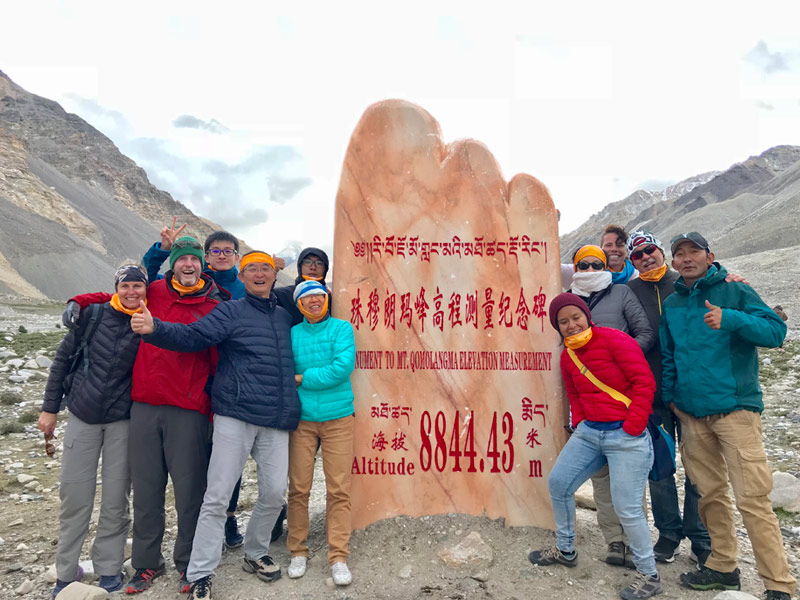
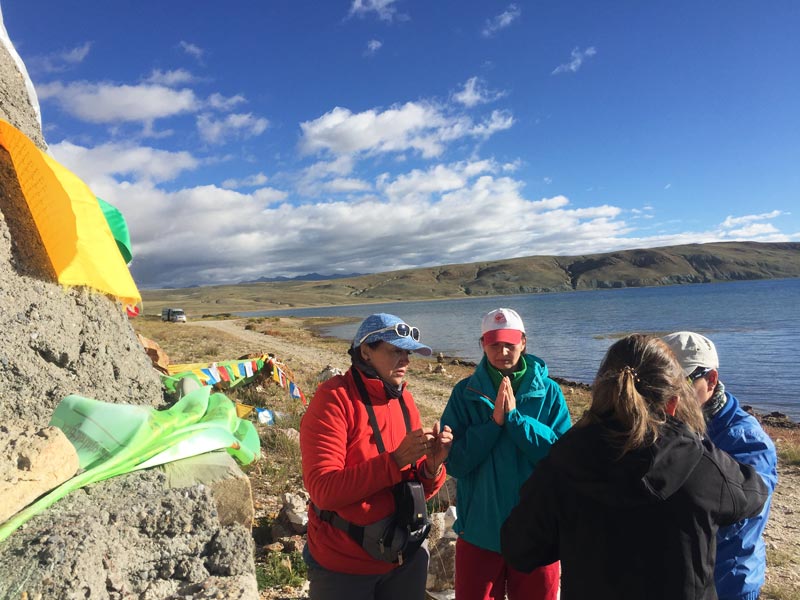





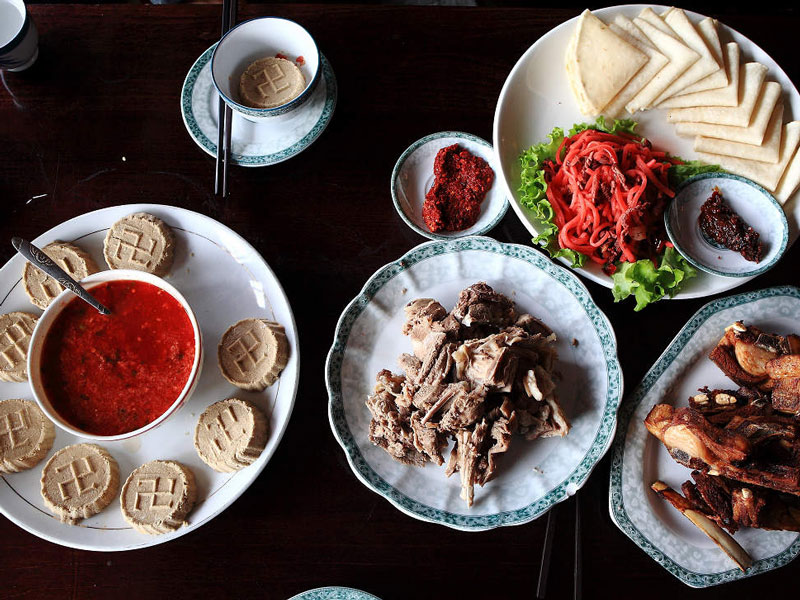
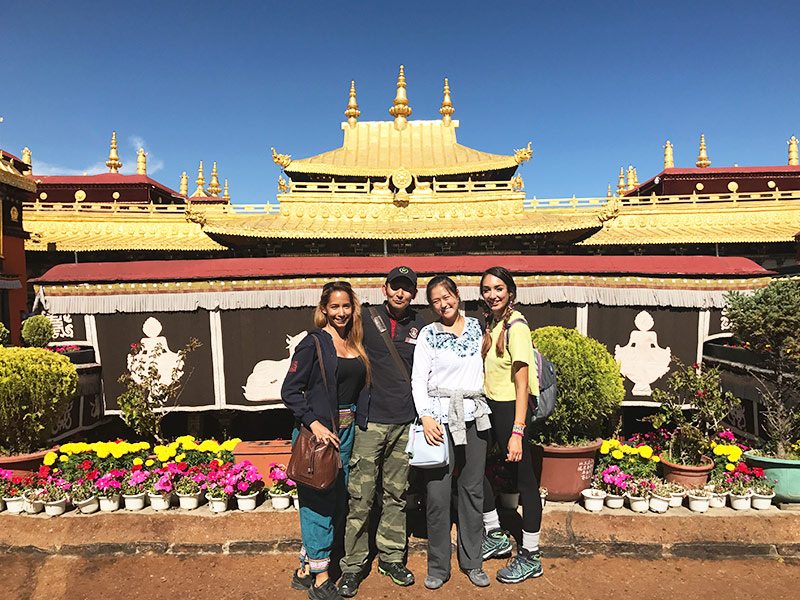
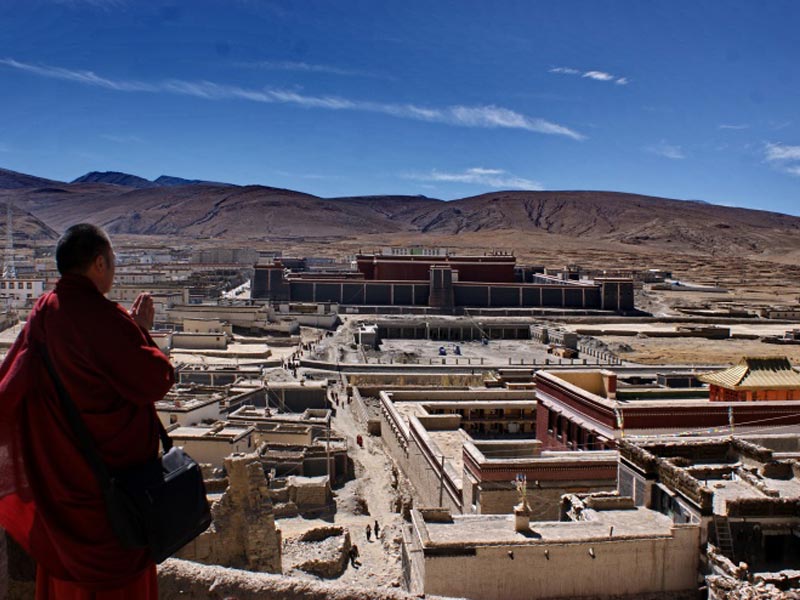

0 Comment ON "Why should We Stay Overnight in Gyirong Town after Passing Gyirong Port?"